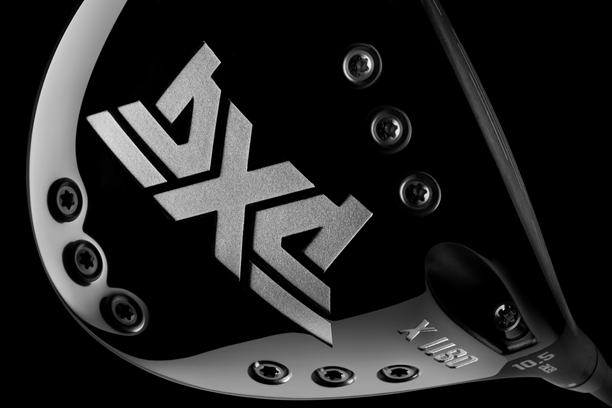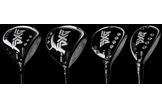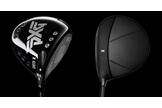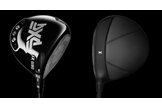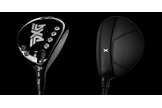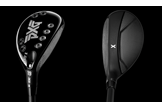PXG 0811 X & XF Gen 2 Drivers Review
Last updated:
-
At a glance
- TG Rating
- Owner Rating
What we say...
There aren’t many things PXG’s multi-billionaire owner Bob Parsons regrets in life. But if he had the opportunity to wind the clock back and change something, he told TG he wished PXG never launched its first 0811 driver in 2016.
The launch came at a time when the brand was building credibility and reinventing the iron market with its hollow body technology. The driver though never quite hit the same spot or gained the same level of respect amongst tour players or paying golfers, mainly because it was a bit too spinny.
For 2019 PXG has gone back to the drawing board and designed two new drivers from the ground up. They say they’ve taken inspiration for the cosmetics from american muscle cars, and the numbers they’re batting about are seriously good.
The 0811 X is a smaller profile, high-launching – low spinning driver, which PXG reckon is the lowest spinning model on the market, and it’s aimed at raw distance. The larger profile 0811 XF is a higher launching – mid spin driver and thanks to its combined MOI being over 10,000g-cm2 PXG reckon it’s the most forgiving driver on the market.
READ NEXT: Why you shouldn’t chase high launch, low spin in 2020
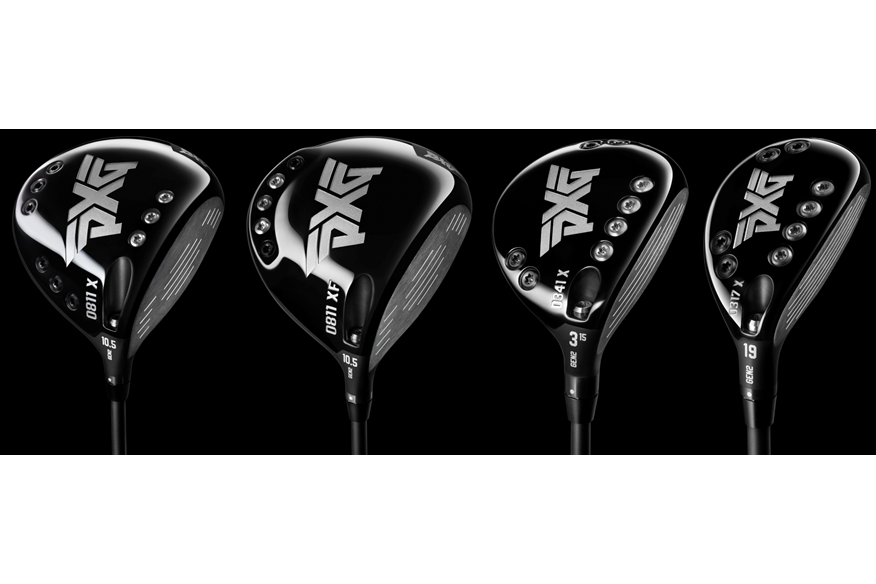
TESTED: Do I really need a low spin driver?
Both drivers, like the new matching fairways and hybrids have carbon crowns and multiple weight options to optimise launch, spin and shot shape for any swing type.
Nothing PXG comes cheap, but a significant price drop from the original driver to £550 seems remarkable, especially when other brands are scaling up costs for 2019. You won’t find PXG in your local pro-shop as they insist on fitting golfers personally, what it means is you get your perfect set up and the sort of service you’d expect from a Saville Row tailor.
Review: PXG 0811 X Gen 2 driver
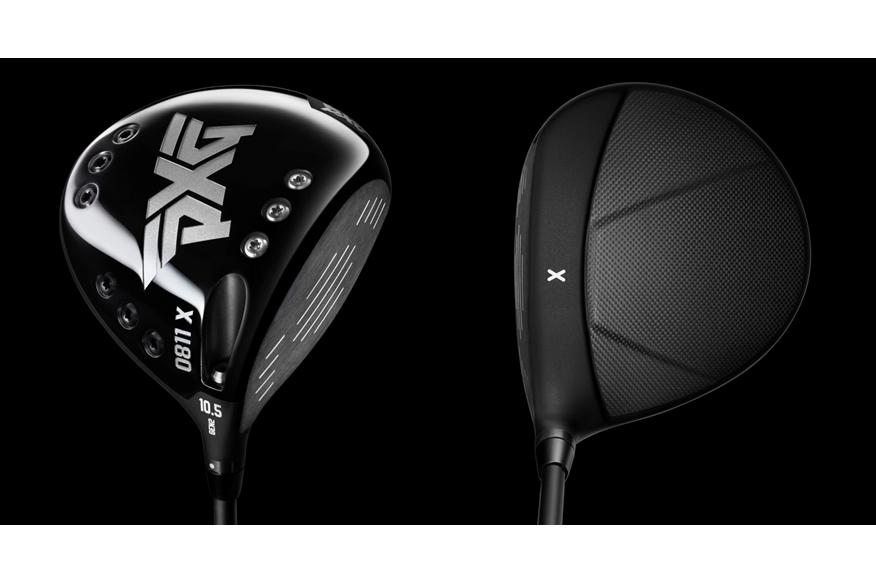
The X, like the XF, say PXG has a stiffer carbon crown. It keeps deflection within the metal portions of the club, returning more energy back to the ball and improving ball speeds. The designers have worked hard to ensure golfers get the same first impression of looks, sound and feel as they do with the companies hollow body irons.
TESTED: Why all the fuss over hollow body irons?
The X has 9 weights (three of which are tungsten, weighing over 12g) which are positioned at the extremities of the head. It means when moving mass you get maximum impact on spin or shot shape, as well as excellent fine tuning capabilities. PXG say the centre of gravity is below the neutral axis line, creating a high launch – low spin design, particularly at higher swing speeds. X is 7 – 10 yards longer then the previous model (it spins 300 – 400 RPM less) and offers a 26% tighter dispersion. PXG reckon their tour pros who’ve made the switch typically pick up 7 – 10 yards, they’re also adamant the X driver generates 2mph more ball speed than any of their competitors 2018 drivers.
Review: PXG 0811 XF Gen 2 driver
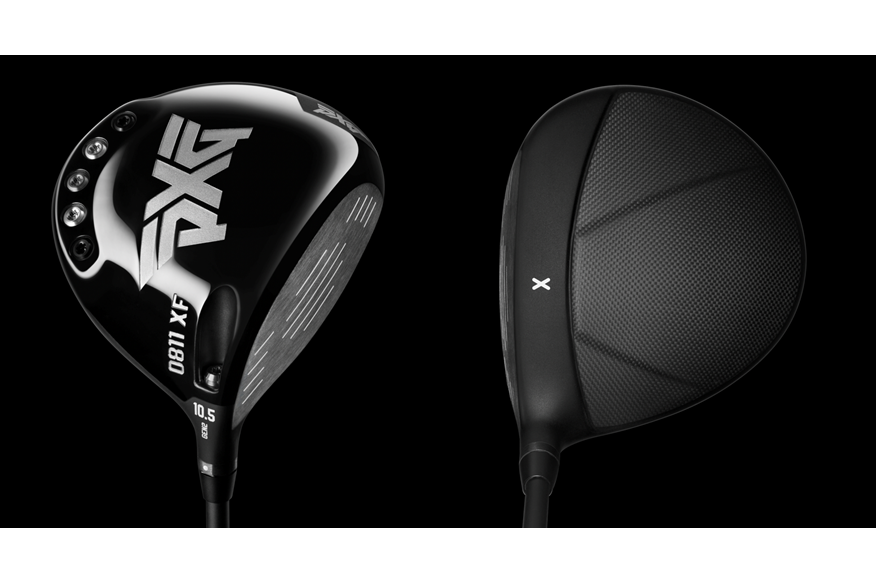
Both new drivers have been inspired by american muscle cars, and it’s the aggressive carbon crown, which is shaped like the bonnet of a hot rod where the inspiration shines through. PXG say both drivers have also been optimised in a wind tunnel to reduce drag.
Unlike any other driver on the market, both X and XF have a honeycomb structured TPE insert in the sole. It supports the heads incredibly thin structures, dampening vibration and enhancing sound and feel performance. Sound frequencies of both drivers are actually close to what you’d expect of a persimmon driver.
TG Verdict
Brands can’t put a price on claiming that their driver is the most forgiving on the market. Last year, Ping‘s G400 MAX was at the top of the pile (with an MOI 9,900 g cm2) whereas this year PXG has gone one better with their XF and broken the 10k barrier. XF was a big hit with our test pro (and Simon), posting a carry distance just ve yards down on his longest (Mizuno‘s ST190G), but from a much more forgiving head, that isn’t aimed at lowering spin. PXG has dropped the price of its 2019 drivers which means they should be on the radar of many golfers.
Why we use a Foesight GC Quad launch monitor

PXG’s lead designer, Brad Schweigert was nervous about submitting the XF to the USGA for approval, knowing it was right on the rules limitations for head size and MOI performance. PXG say the XFs CG location is on the neutral axis and 1/2″ further back than the X, it’s also 3 – 6 yards longer with a 34% tighter dispersion than the previous XF model.
TESTED: The truth about strong lofted irons
PXG 0811 X & XF Gen 2 driver: Verdict
PXG are throwing around some seriously impressive numbers with regards to ball speed and MOI performance with both new drivers. They’re adamant they can out hit the competition. But what’s clear is how both models try desperately to tap into the same sound, feel and first impression experience as the brands now renowned irons (and they’ve only been available for three years).
We’ve never seen anyone hit a PXG iron and not be impressed with how it feels and sounds. But where the brands irons have created a whole new iron category (hollow body) the woods are up against the very best available, and being judged on Performance vs Price. Which isn’t an easy equation to win as a super premium club brand.
TG Equipment Ed Simon Daddow hit both X and XF models, but as somebody who hates making the game more difficult than it needs to be, he plumped for the XF. Where other new 2019 drivers are blinged up with carbon fibre, graphics and bright colours PXG are confident enough to knock everything back to matt finishes and monochrome colours, which in our book is really refreshing and clean.
We’re yet to put the X or XF head-2-head against the other leading 2019 drivers, when we do you’ll know about it. But from what we’ve seen this far, it’s highly likely PXG will be pushing the big three’s drivers (Callaway, TaylorMade and Ping) every step of the way this year.
How does a carbon crown improve distance and accuracy?
A multi-level, variable thickness carbon crown creates a stiffer construction.
The stiffer crown reduces energy loss, and supports the face structure. Which means more energy is transferred to the ball, generating more ball speed. PXG say by suppoprting the face there’s less inconsistences which leads to better accuracy too.
WATCH: BEST OF 2020 – DRIVERS
How do the two drivers differ?
0811 X
DISTANCE FOCUSED
Weight forward
High ball speed / Low spin
Smaller head profile
CG is low and forward (0.160″ below the neutral axis) – promoting low spin
TESTED: Forged irons ranked by forgiveness
0811 XF
FORGIVENESS FOCUSED
Weight back
High launch / Mid spin
Larger head profile
CG is low and back – increases dynamic launch, promotes spin
High MOI – Designed at 5900 g-cm2 MOI on the vertical axis, over 10,000 g-cm2 combined MOI
